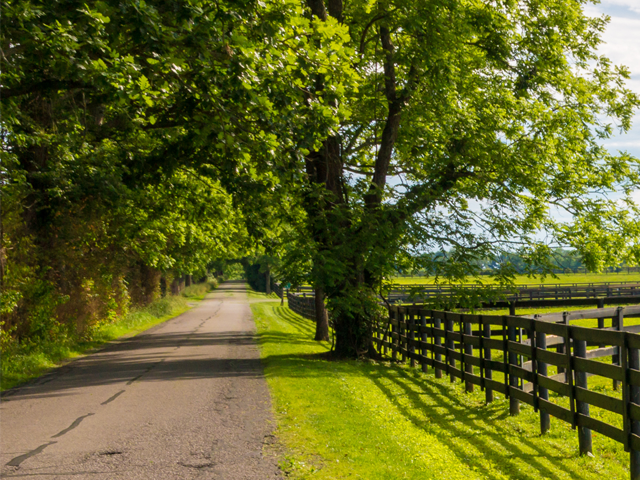Has your lawn seen better days? – How to get the most out of your particular type of turf.

As the extended daylight hours have us spending more time outside, you may have noticed that your lawn isn’t exactly achieving the results you’re after. If you want your lawn to be a source of pride, it's important to understand what works best for you and your property. Whether it’s a small strip near your entrance or driveway, large front yard or small paddock, you’ll need to match your expectations for size, location and performance. Consider the level of aesthetic you want to achieve against how much time you are willing to dedicate to care and maintenance.
There are a few different types of grass, but the most common in New Zealand are kikuyu, ryegrass, fescue, and browntop.
Kikuyu
Kikuyu is hard wearing and found mostly in coastal areas and in the North Island. It is extremely low maintenance and continually creeps as it grows. Kikuyu can be quite spongy underfoot, which makes it better in hard wearing areas such as driveways, paths or around paving stones. It is fairly drought resistant, but it’s important to ensure its soil stays moist while sowing. It may take longer than expected to germinate and watering 2-3 times per day is advised. It’s a good idea to water it in the early morning. To keep kikuyu tidy, it requires a weekly mow in the warmer summer months. You’ll probably also need to get the brush cutter out every couple of weekends to ensure its runners don’t creep where they’re not wanted.
Kikuyu is ideal if:
- You want a low maintenance lawn
- Live in a warm or coastal climate
- Need it in a hardwearing area such as driveways, paths or around paving stones
Ryegrass
Ryegrass is versatile and germinates all year round. It is common on lifestyle blocks in climates where springs and autumns are relatively cool. Some form of ryegrass is almost always included in various grass blends. It requires medium levels of water to keep producing, however, only until soil is moist not soaked. Fertiliser needs to be added every four to six weeks during the growing months. Keep ryegrass a little longer to protect the roots and mow it frequently on a lower setting. Aim for grass to be about 3-5cm in length, except in the summer when keeping it a bit longer will help withstand drought.
Ryegrass types are ideal if:
- You prefer a taller darker lawn
- Need to germinate in winter
- Need to cover a large area
Fescue
Fescue is a finer grass with good coverage. With the proper care and maintenance, fescue can achieve a lush, carpet feel. Maintenance of fescues is relatively minor, their need for fertilisation and water is minimal and they do not require frequent mowing. When mowing, trim less but more often rather than waiting longer to allow grass to grow high.
Fescues are ideal if:
- You prefer a short, ‘carpeted’ lawn
- Have a lot of shade
- You may experience drought conditions
Browntop
Browntop is a little more fussy, but can achieve excellent results with the right conditions.It’s typically found in older pastures and hill country in New Zealand. Because of its prevalence in sloped, shady areas, it’s recommended to mow browntop on one setting higher than other types of grass. It’s very slow growing and can handle very short mowing. Its quality can be improved with nitrogen fertiliser. Nitrogen promotes greening and photosynthesis. If you want to go one step further than fertilising, test the pH level of your soil. Soil pH for browntop should be between 5.0 to 7.0. Add limestone to the soil to increase the pH level or ground rock sulfur to lower the pH.
Browntop is ideal if:
- Full sunlight and adequate heat can be obtained
- You’re after a tough, hard wearing lawn
New Zealand’s climate is suitable for a range of grass growing types, so your choice comes down to specific location (North or South Island, coastal or inland), individual site conditions, and personal preferences. If you’d like to learn more about maintaining your lawn, download our guide to maintaining your land, lawns and gardens, or get in touch with our team.